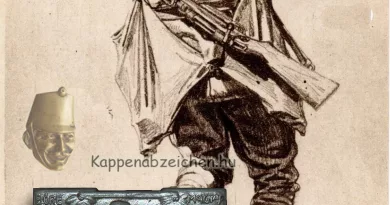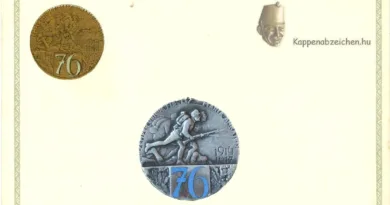Guard in the Carpathians
Cooperation between the armies of the Central Powers began early in the war. Negotiations between the chiefs of staff were much needed to increase the success of the war effort. Russia was the most important common adversary of the two countries. Russia was attacked by armies of the Monarchy and German troops at the beginning of the war. The general idea was that the Germans had to succeed against France first. While this was happening, Austro-Hungarian troops would bear the greater burden on the Eastern Front. After the defeat of France German armies turn against Russia. As we know, this idea was unsuccessful. France could not be knock out and the Monarchy’s troops were defeated by October. They had to retreat to the Carpathians, giving up most of Galicia and Bukovina.
The Austro-Hungarian army force was rescued by the advance of the German army in the north, at Mazuri Lakes under command of General Hindenburg. But in the winter of 1914, German troops appeared further south to stiffen the Monarchy’s resistance. The German 11th Army was organized and deployed with this purpose. In this army two German corps were deployed. They were complemented by an Austro-Hungarian corps and later also by Turkish troops. Later on the Russian front, especially in Galicia, the German and Austro-Hungarian armies were mixed. Units of the Monarchy were often placed under German higher command. For example, the Hofmann Corps was commanded by the German Southern Army.

The German Southern Army badge symbolizes the friendship and alliance between the two countries and their soldiers. A soldier of the Monarchy stands guard with his German comrade in a clearing of the Carpathians. The badge is called Guard in the Carpathians. Nevertheless, in the winter of 1914-15, German troops did not fight directly in the Carpathians. But since this front seemed most at risk, German help was also depicted here on the badge and postcard. The badge is designed in a variety of sizes and materials, as is customary with army badges. Like other army badges, it was manufactured by Gurschner in Vienna.




